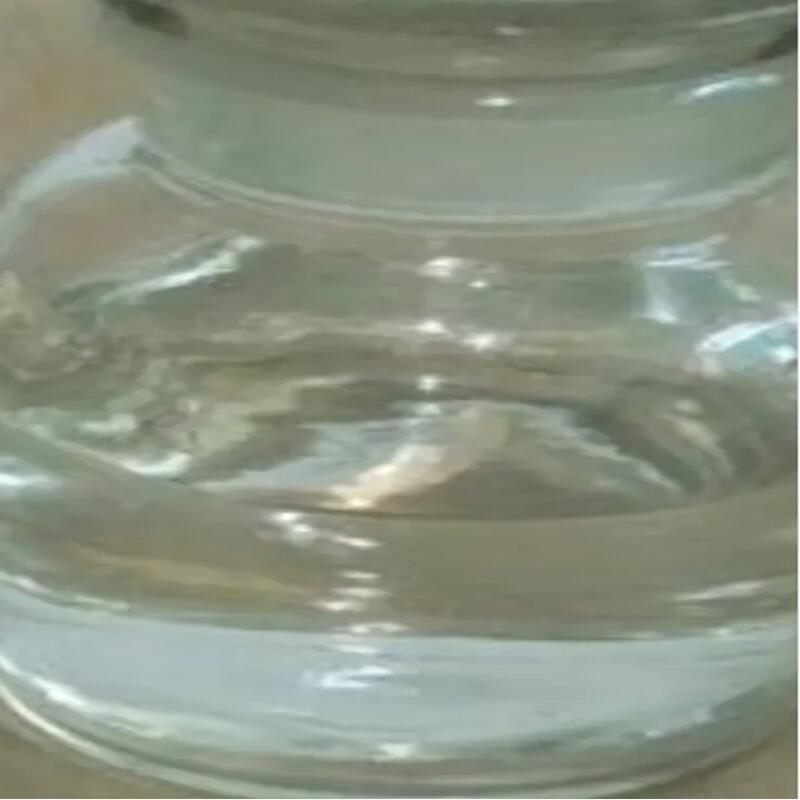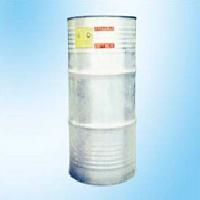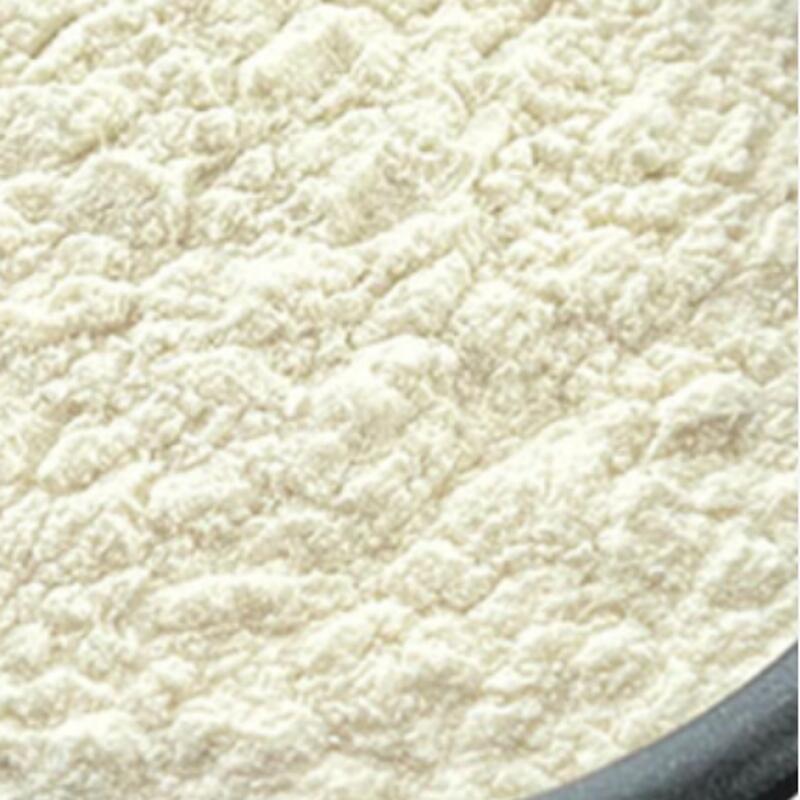-
Categories
-
Pharmaceutical Intermediates
-
Active Pharmaceutical Ingredients
-
Food Additives
- Industrial Coatings
- Agrochemicals
- Dyes and Pigments
- Surfactant
- Flavors and Fragrances
- Chemical Reagents
- Catalyst and Auxiliary
- Natural Products
- Inorganic Chemistry
-
Organic Chemistry
-
Biochemical Engineering
- Analytical Chemistry
-
Cosmetic Ingredient
- Water Treatment Chemical
-
Pharmaceutical Intermediates
Promotion
ECHEMI Mall
Wholesale
Weekly Price
Exhibition
News
-
Trade Service
2-Ethylhexyl nitrate is a chemical compound that is commonly used in various industrial applications.
It is an organic ester that is derived from ethylhexanol and nitric acid.
The chemical structure of 2-Ethylhexyl nitrate is represented by the following formula: C8H17NO3.
In the chemical industry, 2-Ethylhexyl nitrate is used as a solvent and a plasticizer.
It is commonly used in the production of various types of plastics, coatings, and inks.
The compound is also used in the manufacture of various types of adhesives, sealants, and caulks.
It is known for its ability to improve the flow properties of these materials, making them easier to apply and work with.
One of the key applications of 2-Ethylhexyl nitrate is in the production of PVC (polyvinyl chloride) plastics.
The compound is added to PVC as a plasticizer, which helps to improve the flexibility and durability of the material.
It also helps to reduce the overall hardness of the plastic, making it easier to work with.
2-Ethylhexyl nitrate is also used in the production of coatings and paints.
The compound is added to these materials to improve their flow properties and to increase their ability to adhere to various surfaces.
It is commonly used in the production of industrial coatings, such as those used on steel and concrete surfaces.
In addition to its use in the production of plastics and coatings, 2-Ethylhexyl nitrate is also used in the manufacture of inks and other printing materials.
The compound is added to inks to improve their flow properties and to increase their ability to adhere to various types of paper and other substrates.
The production of 2-Ethylhexyl nitrate involves the reaction of ethylhexanol with nitric acid.
The reaction is carried out in a series of steps, including the neutralization of the nitric acid with a base, such as sodium hydroxide, and the esterification of the resulting nitrate with ethylhexanol.
The resulting compound is then purified and dried to remove any impurities.
The production of 2-Ethylhexyl nitrate is a relatively simple and straightforward process, although it does require the use of some hazardous chemicals, such as nitric acid.
The process is typically carried out in a well-ventilated facility, and appropriate safety measures are taken to ensure the safety of workers and the environment.
In addition to its use in the production of various industrial materials, 2-Ethylhexyl nitrate is also used in the cosmetics industry as an ingredient in various personal care products.
It is commonly used in the production of bath and shower products, such as bath salts and shower gel, as well as in the production of hair care products and fragrances.
The use of 2-Ethylhexyl nitrate in the cosmetics industry is controversial, as the compound has been classified as a potential carcinogen by various regulatory agencies.
Some countries have banned the use of 2-Ethylhexyl nitrate in cosmetic products, while others have placed restrictions on its use.
Despite the potential health risks associated with its use, 2-Ethylhexyl nitrate remains a popular ingredient in many personal care products.
The compound is known for its ability to improve the texture and feel of various types of products, and for its ability to enhance the overall sensory experience of these products.
In conclusion, 2-Ethylhexyl nitrate is a commonly used chemical compound in the industrial world.
It is used as a solvent and plasticizer in the production of various plastics, coatings, adhesives, and other materials.
The compound is also used in the manufacture of inks and printing materials.
The production of 2-E







